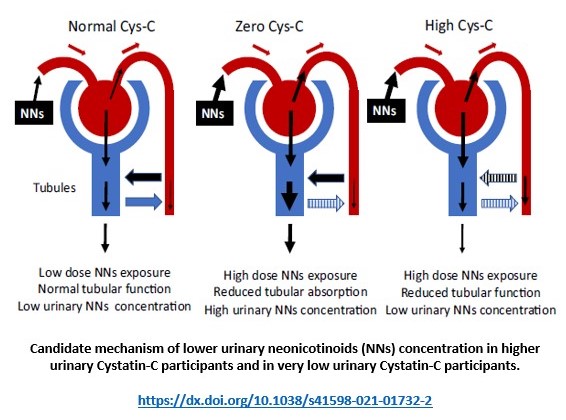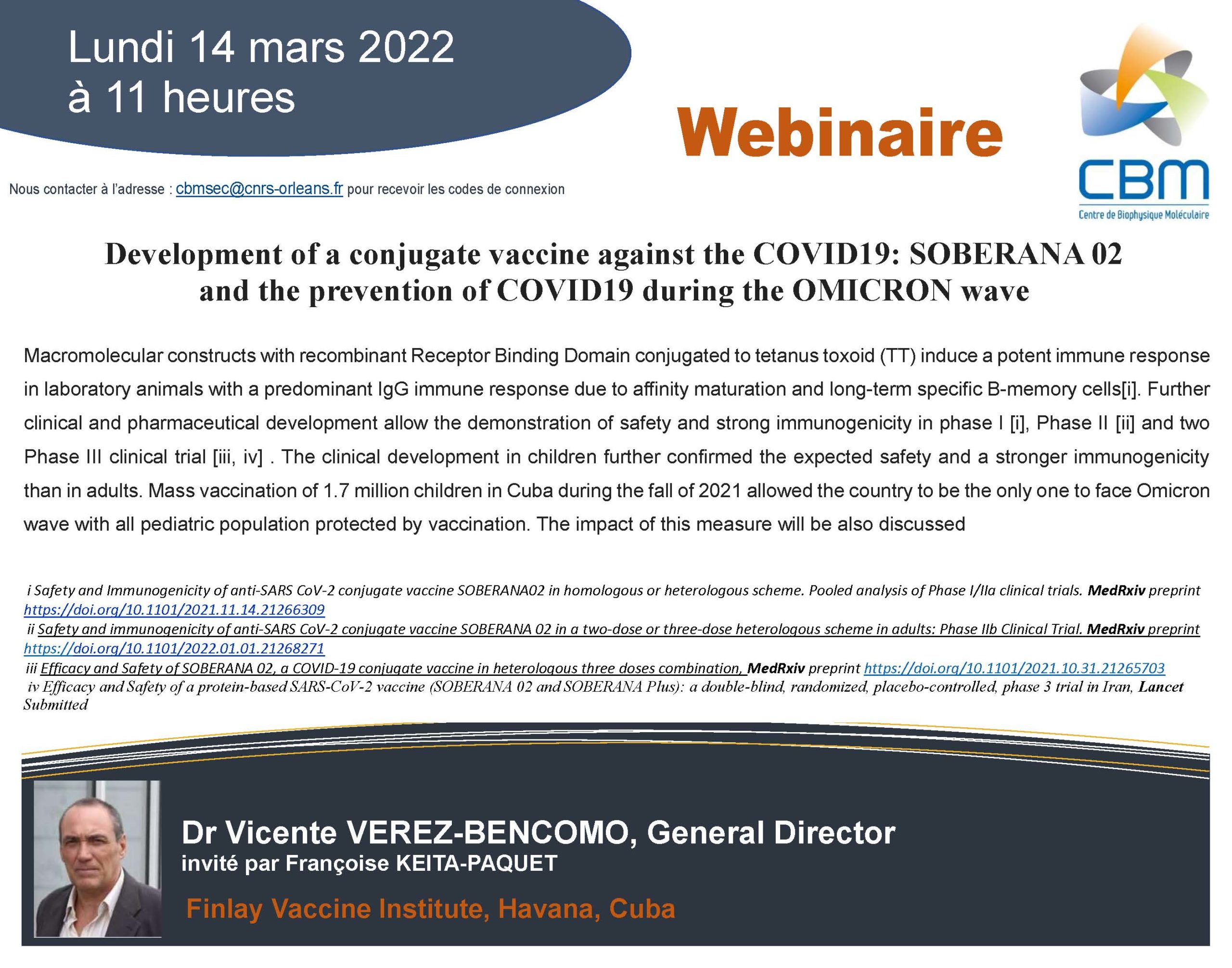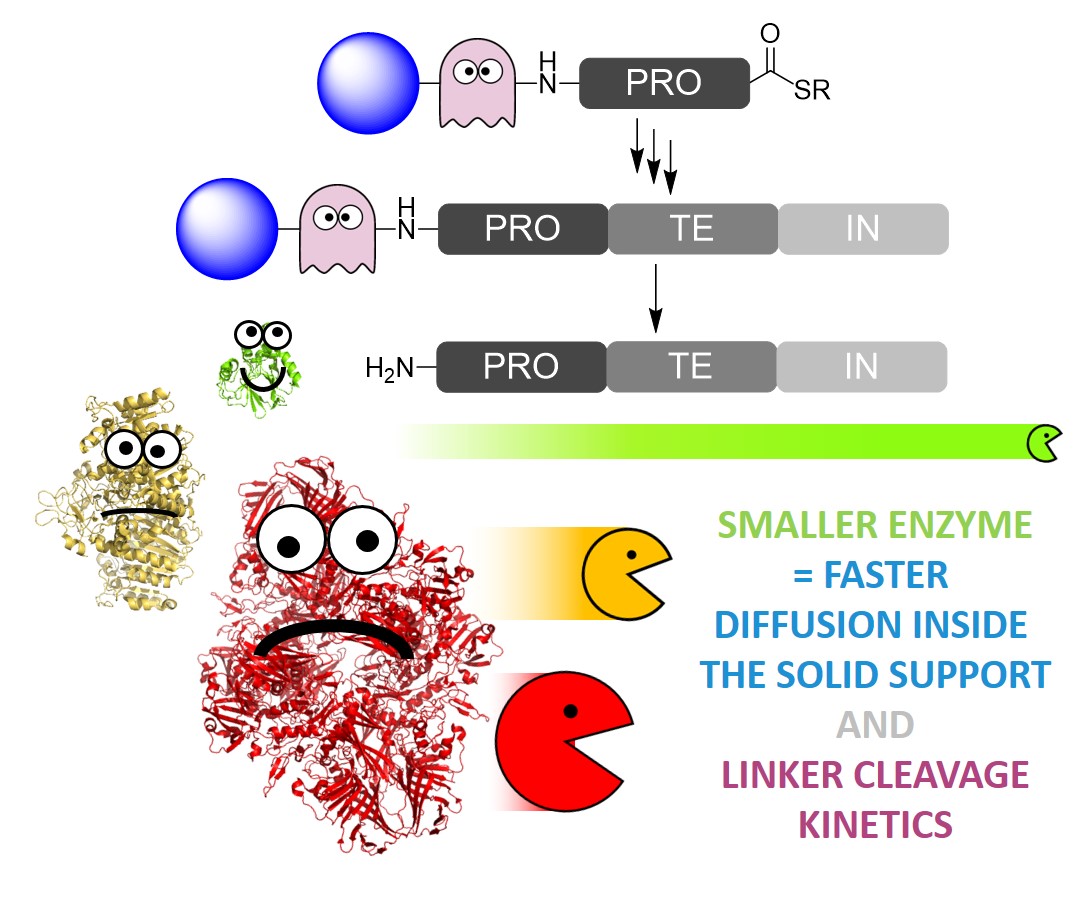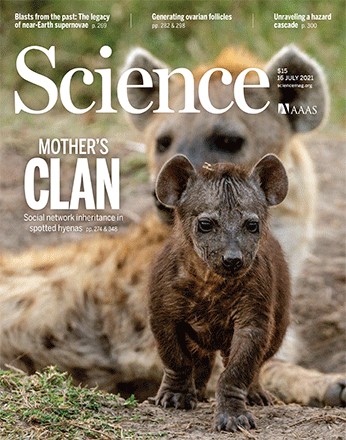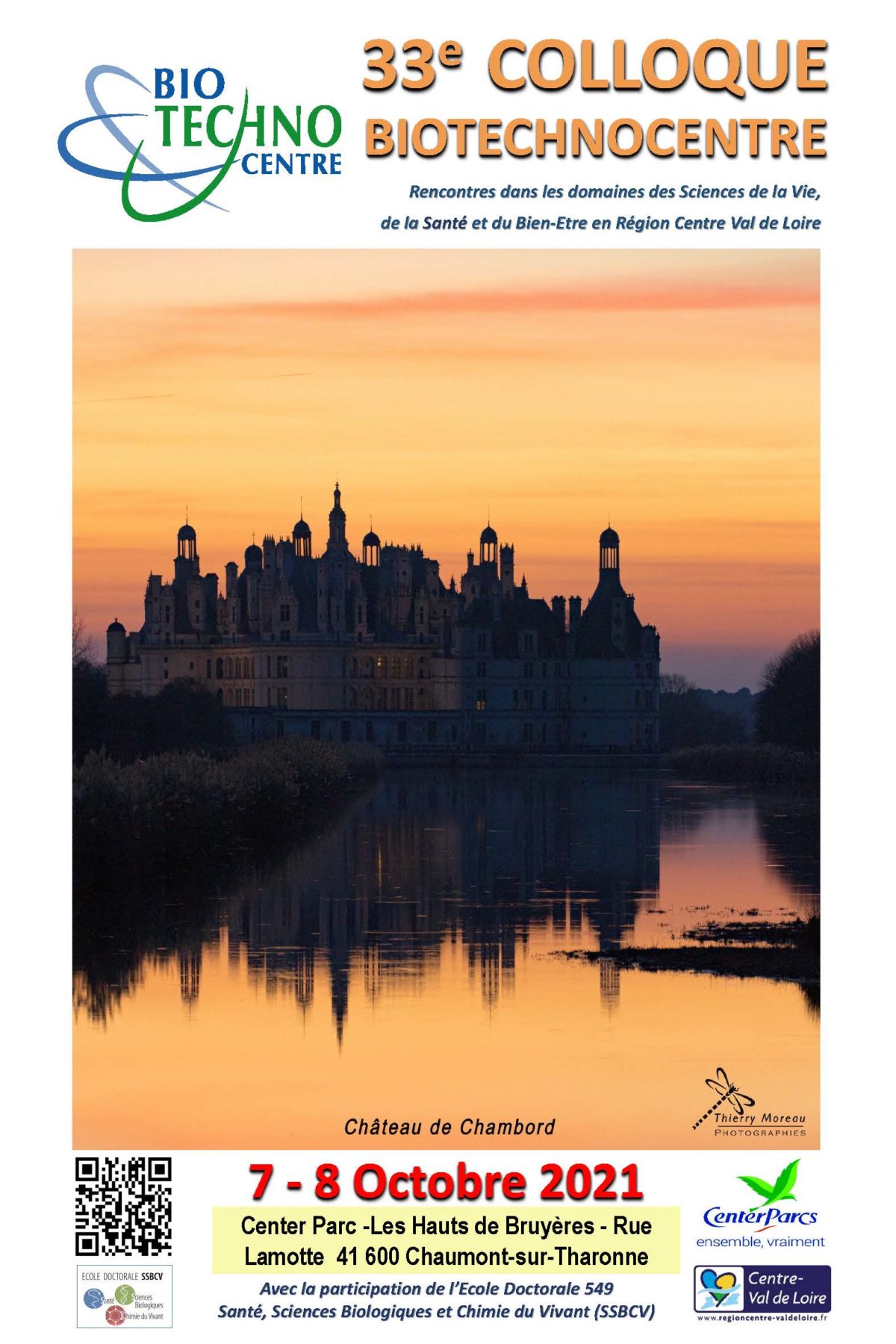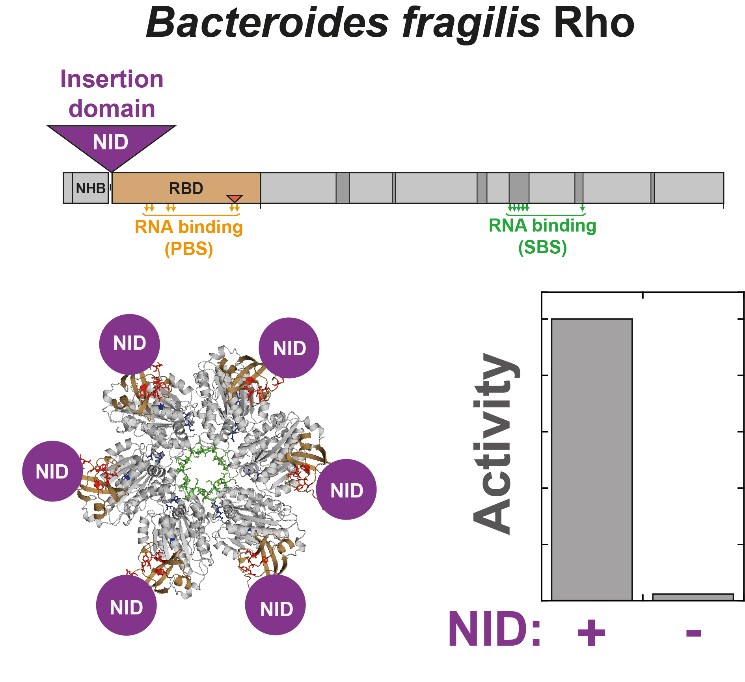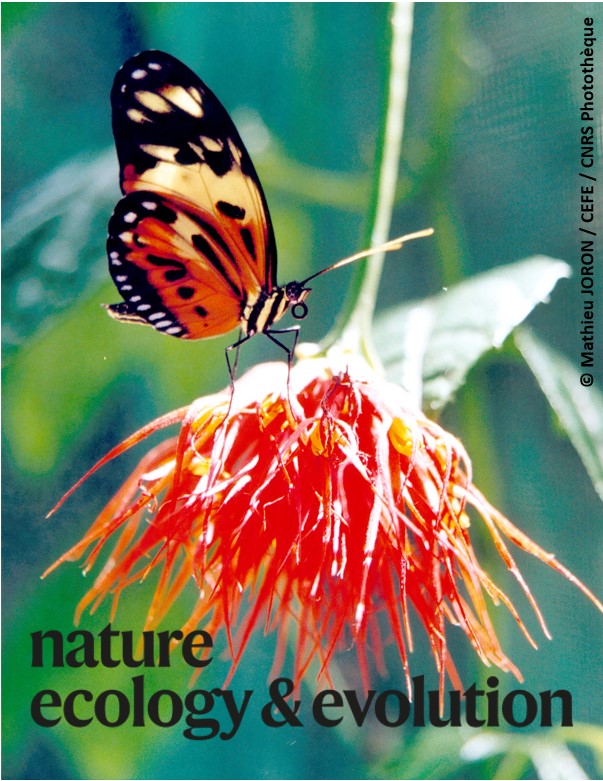Chronic Kidney Diseases (CKD) are a growing scourge worldwide, particularly in less developed countries with intensive agriculture. Several risk factors have been identified, but an undetermined etiology (CKDu) remains which may be linked to pesticides (Floris et al., 2021).
J.-M. Bonmatin participated in a study in Sri Lanka published in Scientific Reports late 2021 (Taira et al., 2021). Although the size of the study remains statistically modest, the authors (members of the Task Force on Systemic Pesticide) showed that the concentrations of several neonicotinoids measured in urine were related to the biomarkers Cystatin-C and L-FABP as well as to the neurophysiological symptoms observed. The authors conclude that the urinary concentrations of these neonicotinoids are a risk factor for tubular disorders of the kidney. This is another element that adds to our previous publications (e.g., Ichikawa et al., 2019 and Bonmatin et al., 2021) on the human health effects of these insecticides.
Neonicotinoids, known as "bee killers" and which are the source of major impacts on biodiversity (invertebrates and vertebrates) are still widely used for rice cultivation in Asia (Prihandiani et al., 2021). These insecticides have been banned in France since 2018 (except for sugar beet). They are in the process of being banned in Sri Lanka.
Référence : Taira K, Kawakami T, Weragoda SK, Herath HMAS, Ikenaka Y, Fujioka K, Hemachandra M, Pallewatta N, Aoyama Y, Ishizuka M, Bonmatin JM & Komori M (2021) Scientific Reports, 11, 22484.

